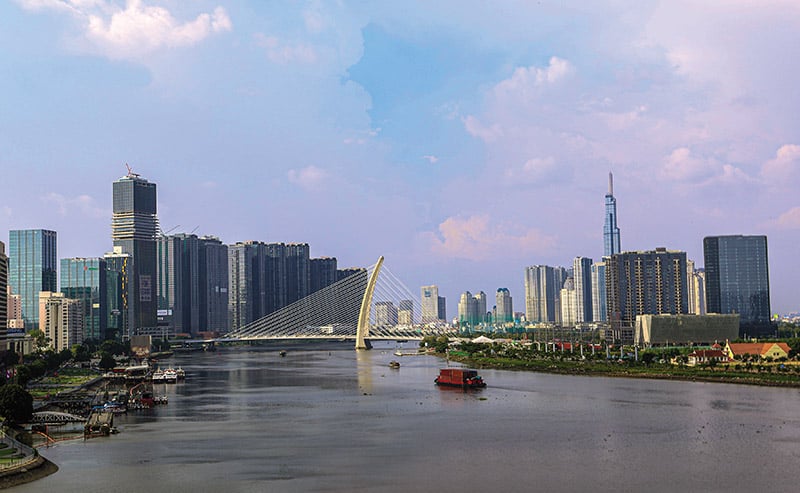 |
| Ho Chi Minh City is making efforts to implement a series of solutions to boost GRDP growth in the last 6 months of the year, completing the assigned "growth quota". Photo: Le Toan |
New scenario, increased responsibility
The Government has determined to strive to achieve economic growth of 8.3 - 8.5% in 2025. That requires localities to make greater efforts in implementing socio -economic development goals in 2025.
“Localities need to achieve a growth rate higher than the target in Resolution No. 25/NQ-CP, especially localities that play the role of locomotives and growth drivers of the whole country,” Minister of Finance Nguyen Van Thang also said at the Government's online conference with localities on the economic growth scenario in 2025 and tasks and solutions to achieve the growth target in 2025.
When the national growth scenario was adjusted, plus the localities were merged from July 1, 2025, instead of 63 provinces and cities, there are now only 34 provinces and cities, the new "growth contract" level for localities has also been recalculated by the Ministry of Finance.
Currently, the Draft Resolution replacing Resolution No. 25/NQ-CP on growth targets for sectors, fields and localities to ensure the national growth target in 2025 has been submitted by the Ministry of Finance to the Government. If approved, the new “growth allocation” levels will be assigned to localities and state-owned corporations and groups.
In particular, in the group of localities with double-digit GRDP growth, there are Hai Phong (12.2%); Ninh Binh (10.6%); Bac Ninh (11.5%); Quang Ninh (12.5%); Phu Tho, Hue, Quang Ngai, Can Tho all 10%... Meanwhile, economic "locomotives" such as Hanoi and Ho Chi Minh City must grow 8.5%; Thanh Hoa, Nghe An, Ha Tinh, Da Nang all 9%; Tay Ninh 9.3%; Khanh Hoa 8.5%...
Looking at the “growth contract” level in Resolution No. 25/NQ-CP, it can be seen that many localities will have to carry out heavier tasks. For example, Ho Chi Minh City must grow 0.4 percentage points higher than before, Hanoi 0.5 percentage points higher, Quang Ninh 1 percentage point higher, Thai Nguyen 0.5 percentage points higher…
This is a significant challenge in the context of economic difficulties both domestically and internationally. Moreover, according to the report of the Ministry of Finance, in the first 6 months of the year, besides localities with high growth such as Quang Ngai (13.02%), Hai Phong (11.42%), Quang Ninh (10.89%), Ninh Binh (10.75%), Da Nang (9.98%)..., there are still 17/34 localities with growth below 8%. Notably, among them are Hanoi (7.63%), Ho Chi Minh City (6.56%), Can Tho (7.87%), Thanh Hoa (7.88%), Thai Nguyen (6.61%)...
The Ministry of Finance's calculations show that in order to achieve GRDP growth of 8.5% for the whole year, Hanoi must grow by 9.3% in the last 6 months, 1 percentage point higher than the scenario set out in Resolution No. 25/NQ-CP. Meanwhile, Ho Chi Minh City, after the merger, grew quite low in the first 6 months, so it must achieve a growth rate of 10.3%, instead of 9.6% as in Resolution No. 25/NQ-CP. Similarly, Quang Ninh must grow by 13.9%; Hai Phong by 13.1%. This figure for Bac Ninh is 12.4%, Can Tho is 11.9%...
Without breakthrough factors, it would not be easy for localities to achieve such high growth rates in the last 6 months of the year, so that the whole year can complete the new growth target, contributing to the country's growth rate of 8.3 - 8.5%.
Look to local dynamics
The task is very heavy, but as Prime Minister Pham Minh Chinh directed, it is "impossible not to do", so localities have no other choice but to make efforts.
"We believe that together with the whole country, we will successfully achieve the growth target of 8.3 - 8.5%, striving to reach the highest level of 8.5%," said Chairman of Ho Chi Minh City People's Committee Nguyen Van Duoc.
According to Mr. Duoc, to boost GRDP growth in the last 6 months of the year, Ho Chi Minh City will implement a series of solutions. First of all, it will continue to implement the 2-level government apparatus with a spirit of speed and determination; accelerate public investment disbursement; promote traditional driving forces, support businesses to boost exports; at the same time, promote new growth driving forces and continue to remove obstacles for backlogged and prolonged projects...
“HCMC is accelerating the implementation of the construction of an international financial center model,” said Mr. Nguyen Van Duoc.
The international financial center model is a new growth driver that Vietnam is aiming for. Da Nang is also making efforts to promote this model. In addition, according to the leader of the Da Nang People's Committee, the city will also accelerate the formation and development of free trade zones, while continuing to promote the disbursement of public investment capital, and remove difficulties for production and business...
Meanwhile, according to Chairman of Hanoi People's Committee Tran Sy Thanh, the city will promote attracting foreign investment and disbursing public investment, attracting resources for high-tech projects such as semiconductors, artificial intelligence, implementing key infrastructure projects and promoting domestic consumption.
Speaking at the Government-local online conference on the economic growth scenario for 2025, Mr. Tran Sy Thanh was confident that Hanoi would ensure the completion of the GRDP growth target of 8% for the whole year. But that was the previous task, now Hanoi will have to achieve a growth rate of 8.5%, not just 8%. The task is bigger, the responsibility is heavier and therefore, more efforts must be made.
What opportunities exist to boost growth?
One common point that localities often mention in solutions to promote economic growth is focusing on disbursing public investment capital. This is considered one of the important growth drivers of localities in particular and the economy in general.
Prime Minister Pham Minh Chinh, when giving instructions on tasks and solutions to bring the economy to a growth rate of 8.3 - 8.5% in 2025, also emphasized the need to accelerate the disbursement of public investment capital. Whether this task is successful or not depends largely on the efforts of localities.
According to the Prime Minister's direction, ministries, branches and localities must disburse 100% of the planned capital for 2025. This year, in addition to the planned capital for 2025 of nearly VND 830,000 billion, about VND 152,700 billion of additional capital is allocated from increased revenue and savings in the state budget in 2024. If this budget of nearly VND 1 million billion is fully disbursed, it will significantly contribute to promoting economic growth.
“Ministries, sectors and localities need to develop plans and monthly capital disbursement targets for each investor; promptly remove arising obstacles for each project; strive for the public investment capital disbursement rate by the end of the third quarter to reach 60% of the plan assigned by the Prime Minister, and by 2025 to reach 100% of the plan,” said Minister of Finance Nguyen Van Thang.
And not only public investment capital, to promote growth, according to the Ministry of Finance's calculations, it is necessary to increase the mobilization of social investment capital, especially investment capital from the private sector. According to the Ministry of Finance's calculations, the mobilization of social investment capital in the last 6 months of the year must be about 111 billion USD, about 3 billion USD higher than the scenario of the country's economic growth reaching 8%.
In addition to public investment, private investment must mobilize 60 billion USD, about 3 billion USD higher than the 8% economic growth scenario; attract foreign investment to reach 18.5 billion USD, realized foreign investment capital is about 16 billion USD; other investment is about 7 billion USD.
Immediately after these scenarios were calculated, in order to promote growth, the Government established 8 working groups to urge and remove difficulties and obstacles in production - business, import - export, infrastructure construction, promote growth, and accelerate disbursement of public investment capital. At the same time, continue to meet to speed up the review and removal of difficulties and obstacles for nearly 3,000 pending projects nationwide.
The Prime Minister has directed localities to proactively coordinate, review, and find solutions to these projects. “The Government will resolve issues under the authority of the Government; issues under the authority of ministries, branches, and localities must be proactively implemented by ministries, branches, and localities,” the Prime Minister directed.
Resolving difficulties for the projects, which are estimated to be worth about 235 billion USD, will contribute to unlocking resources, accelerating the development of local economies and the national economy.
In particular, some corporations and groups must achieve higher growth rates. For example, Vietnam Electricity must increase output by 11.5% and revenue by 14.5%; Vietnam Airlines Corporation and Vietnam National Shipping Lines must both grow by 9.5%. The State Capital Investment Corporation alone is expected to grow by 20.5%.
Source: https://baodautu.vn/kinh-te-nam-2025-tang-toc-khoan-tang-truong-d335272.html


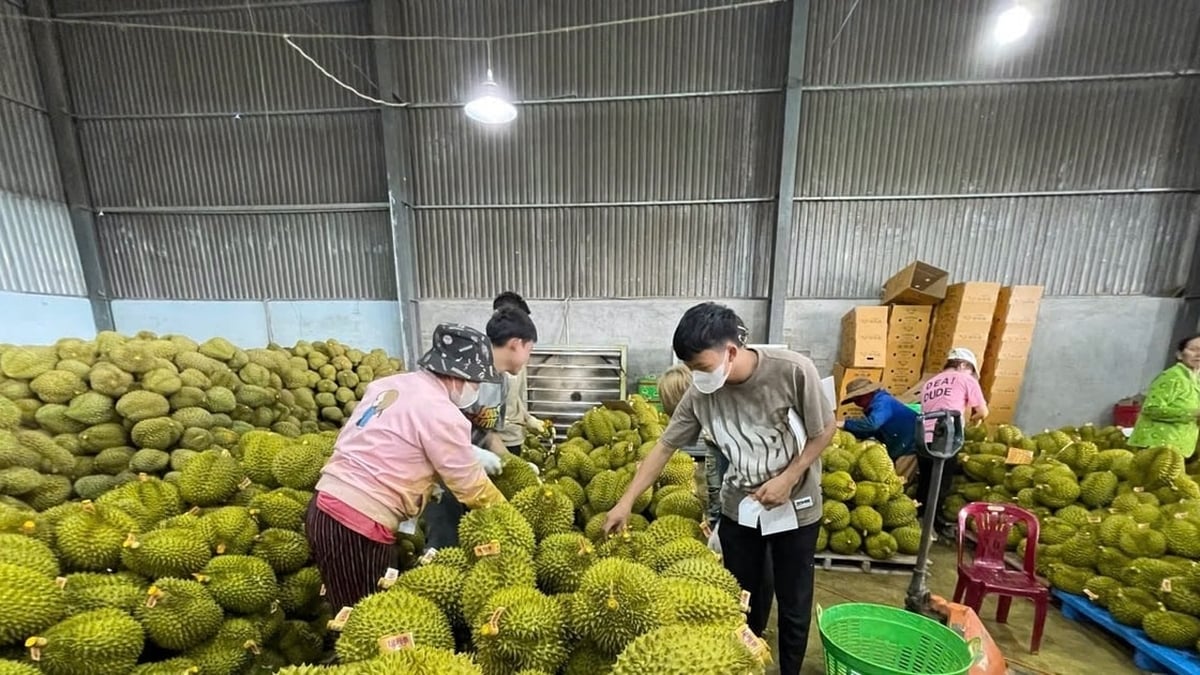


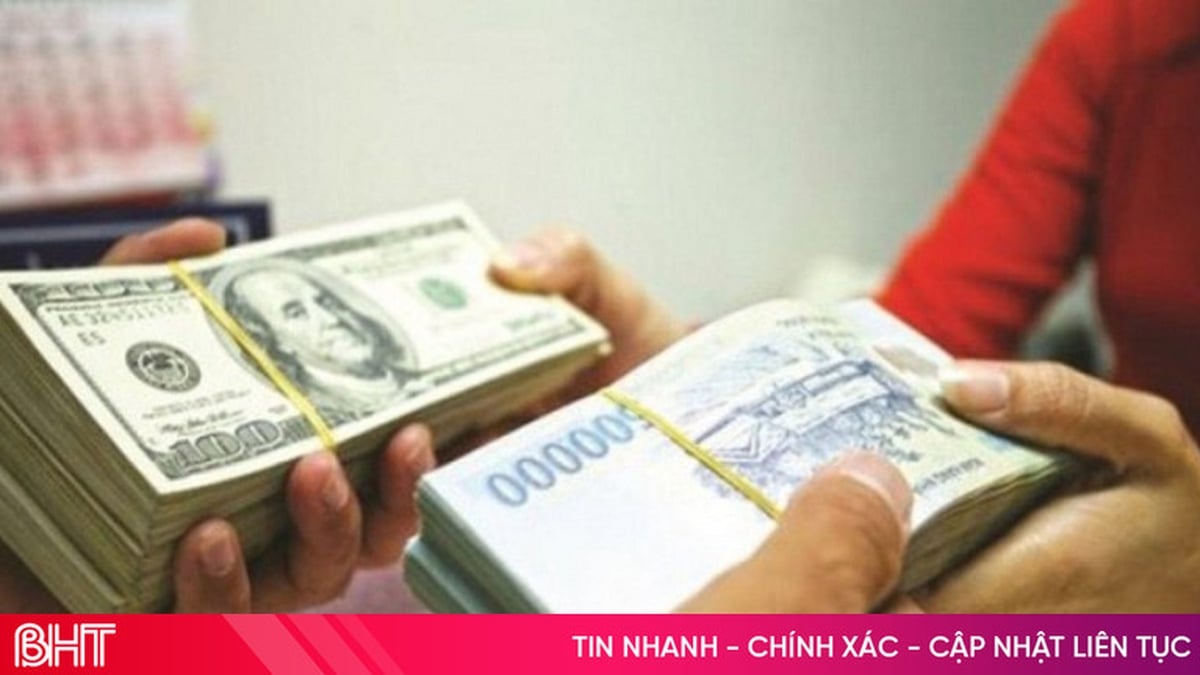
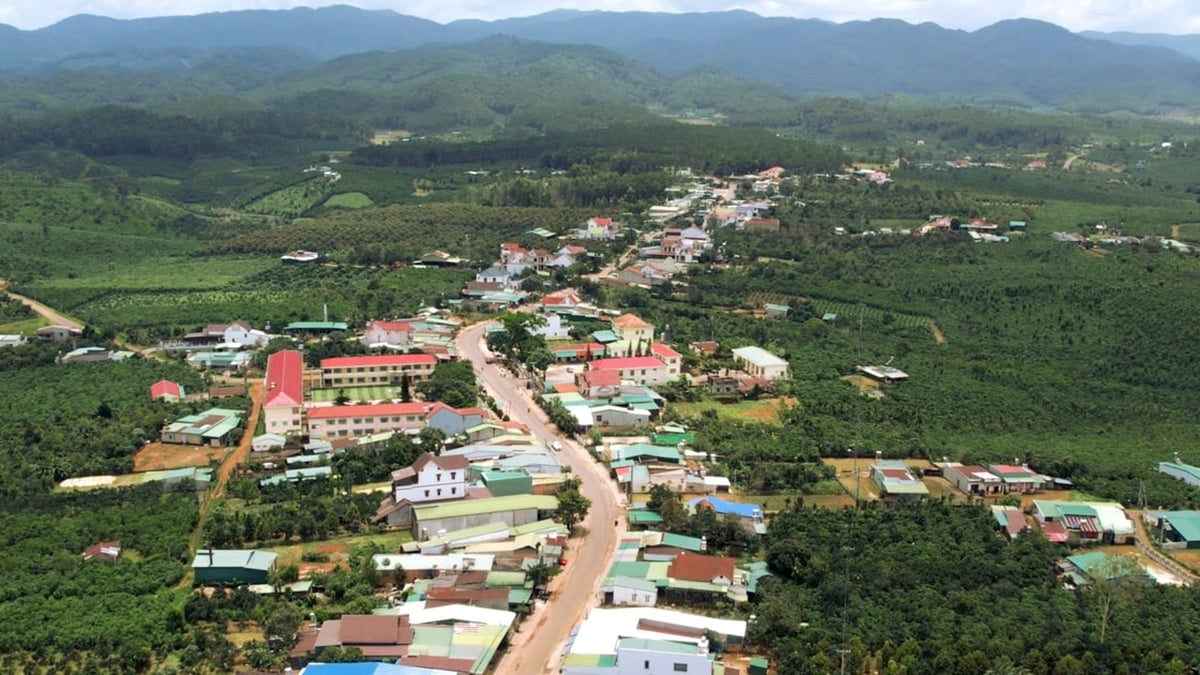
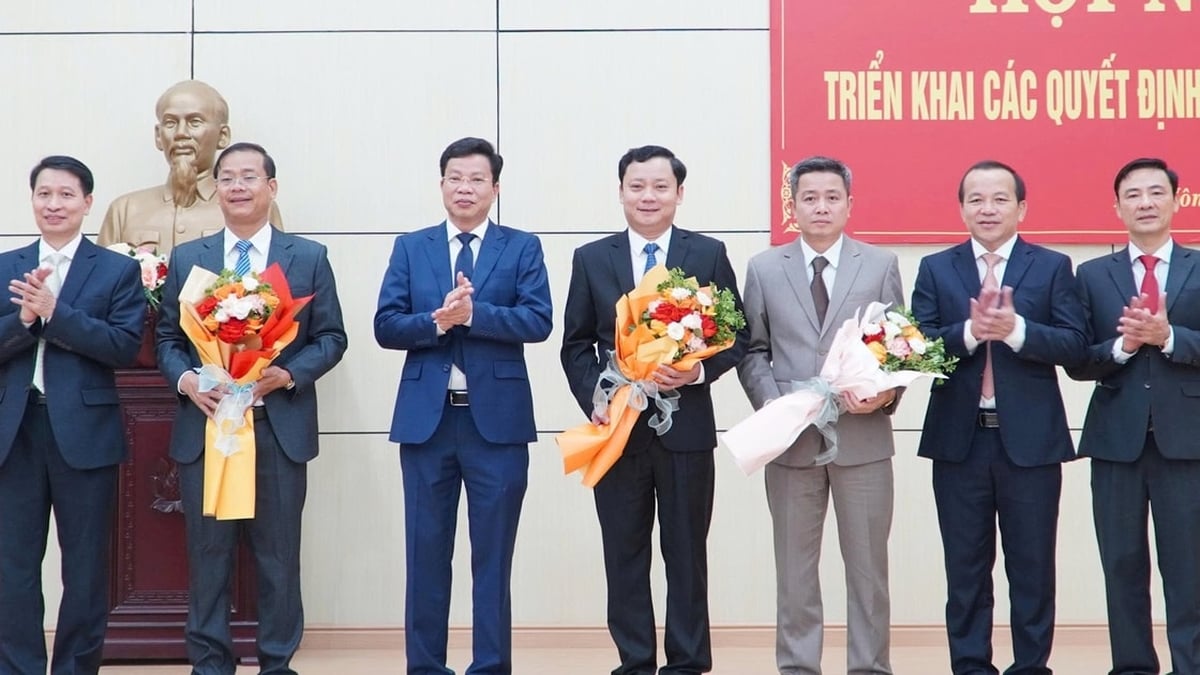
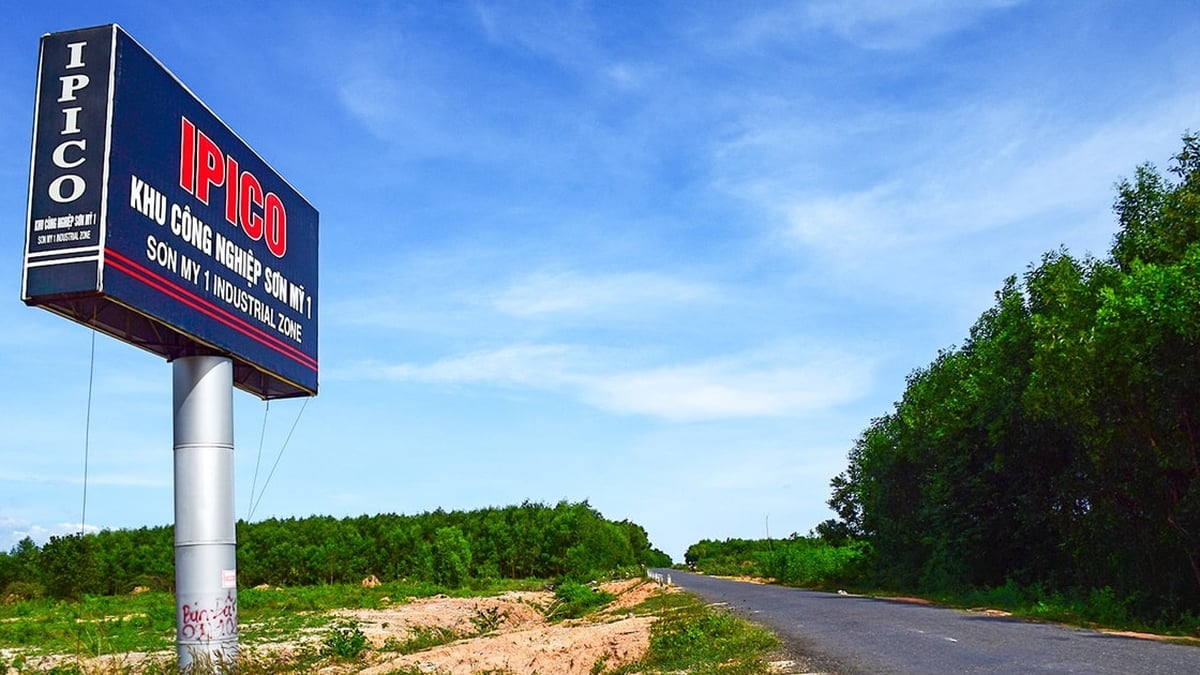














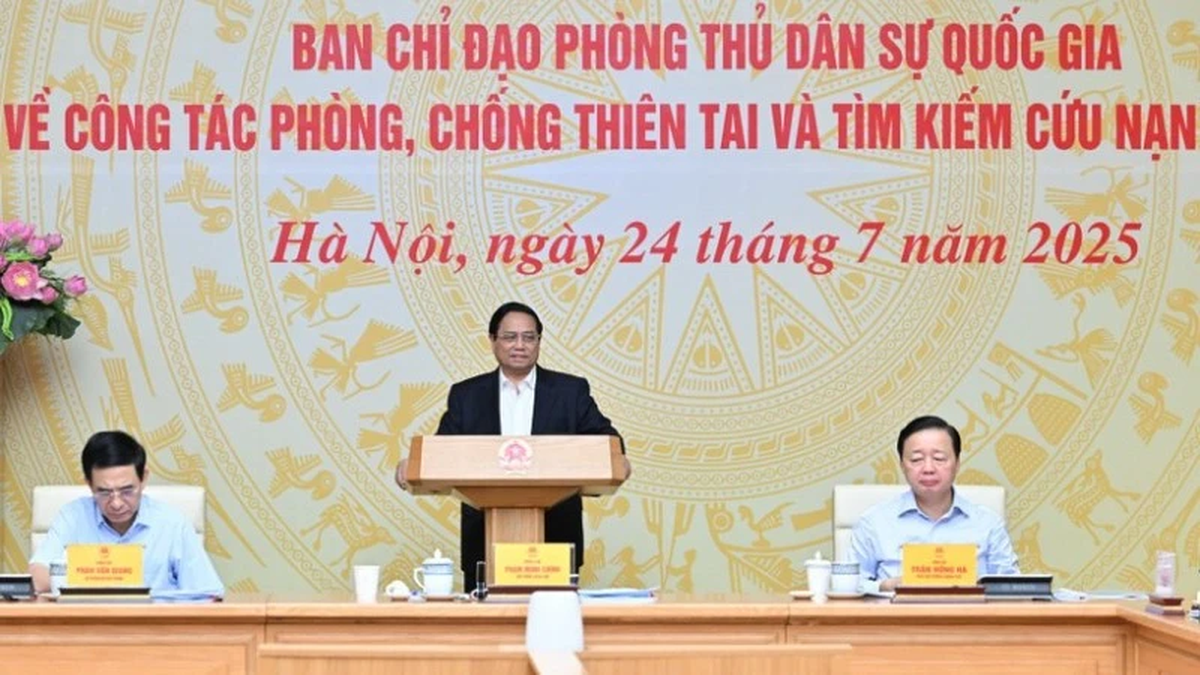


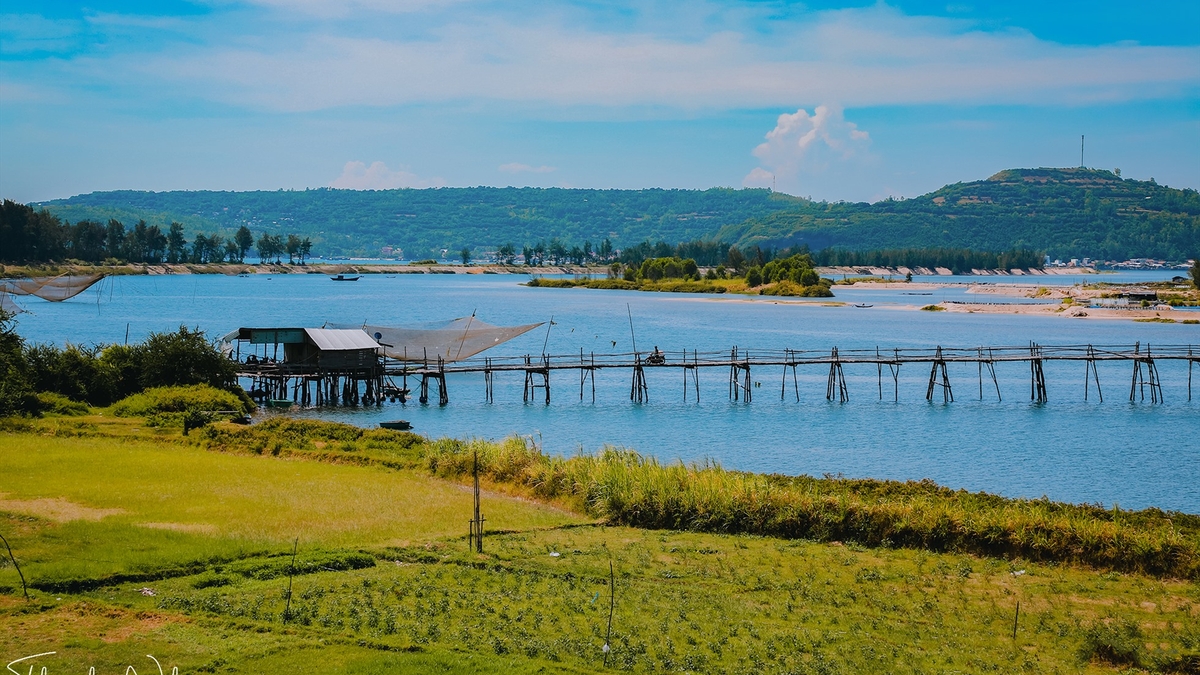


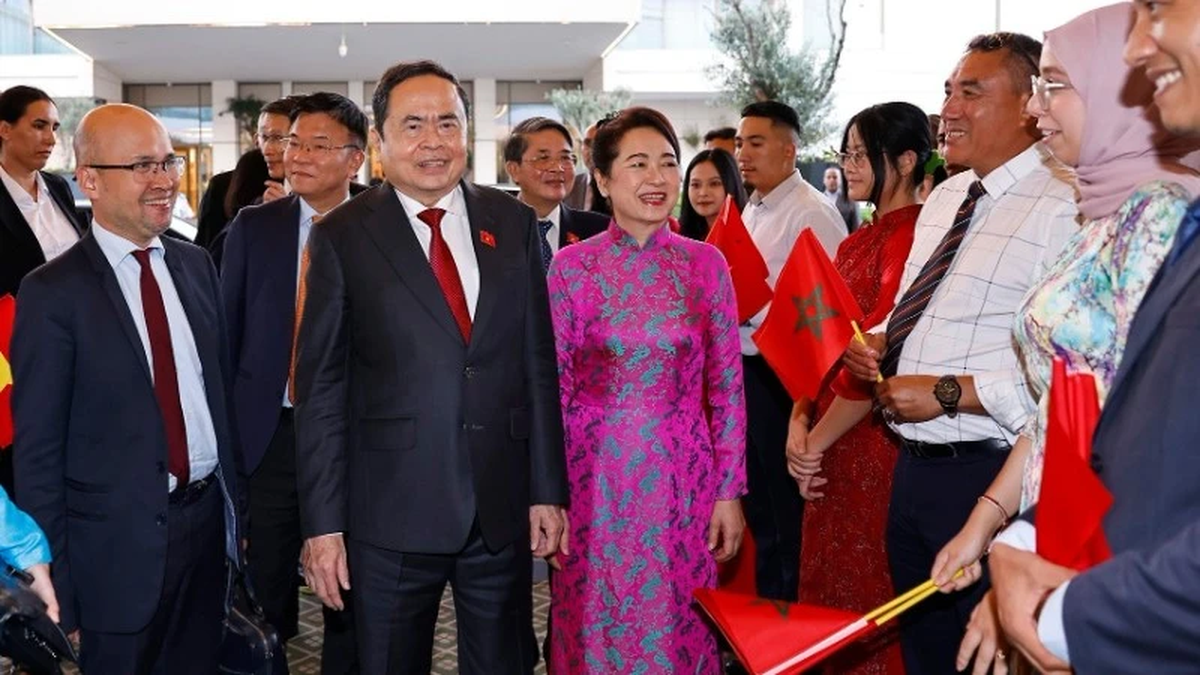
























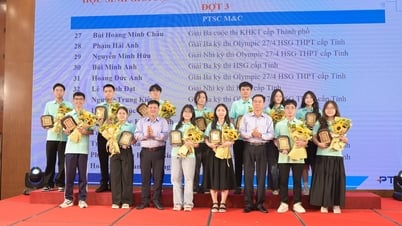




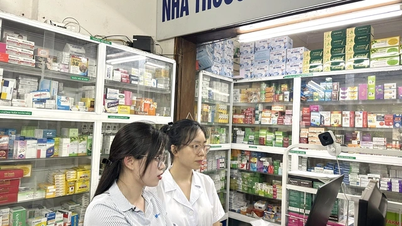
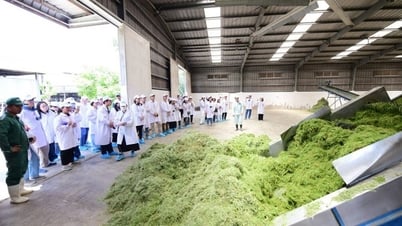





![[Photo] National Assembly Chairman Tran Thanh Man receives Chairman of Morocco-Vietnam Friendship Association](https://vphoto.vietnam.vn/thumb/402x226/vietnam/resource/IMAGE/2025/7/26/b5fb486562044db9a5e95efb6dc6a263)
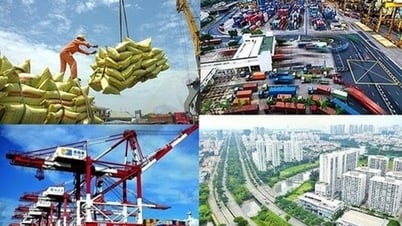





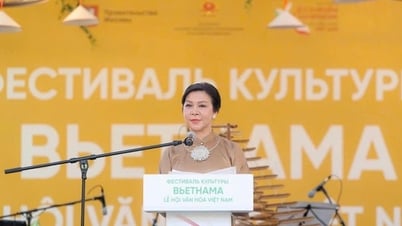


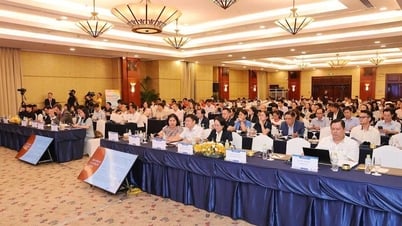


















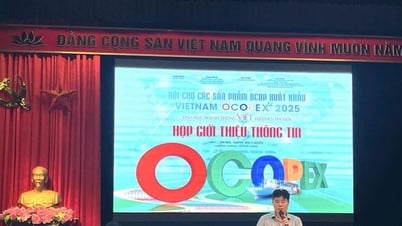


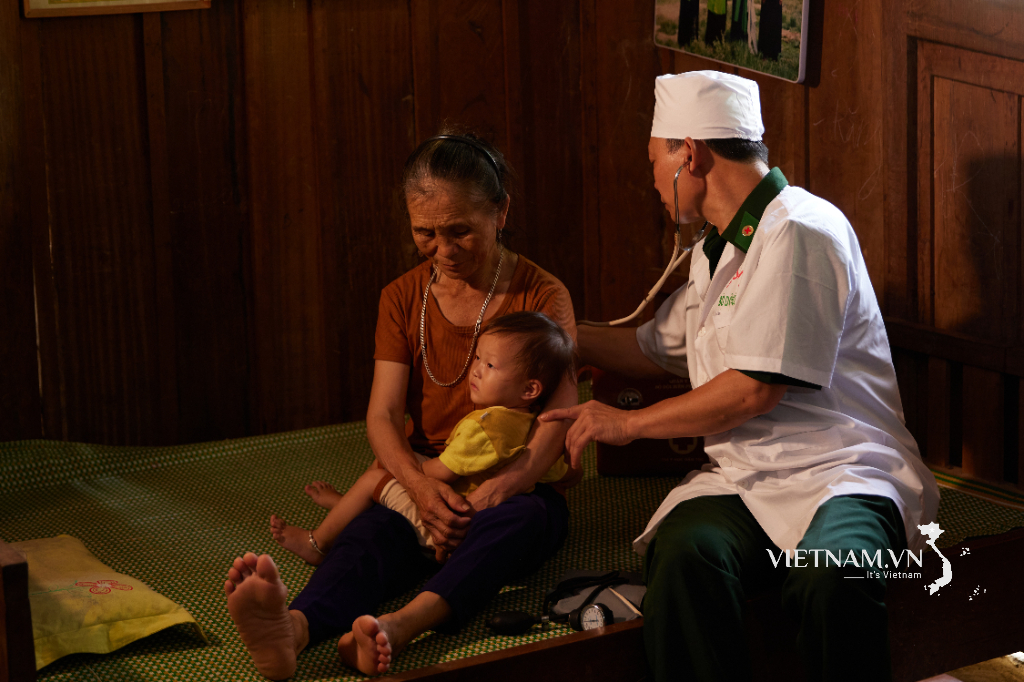
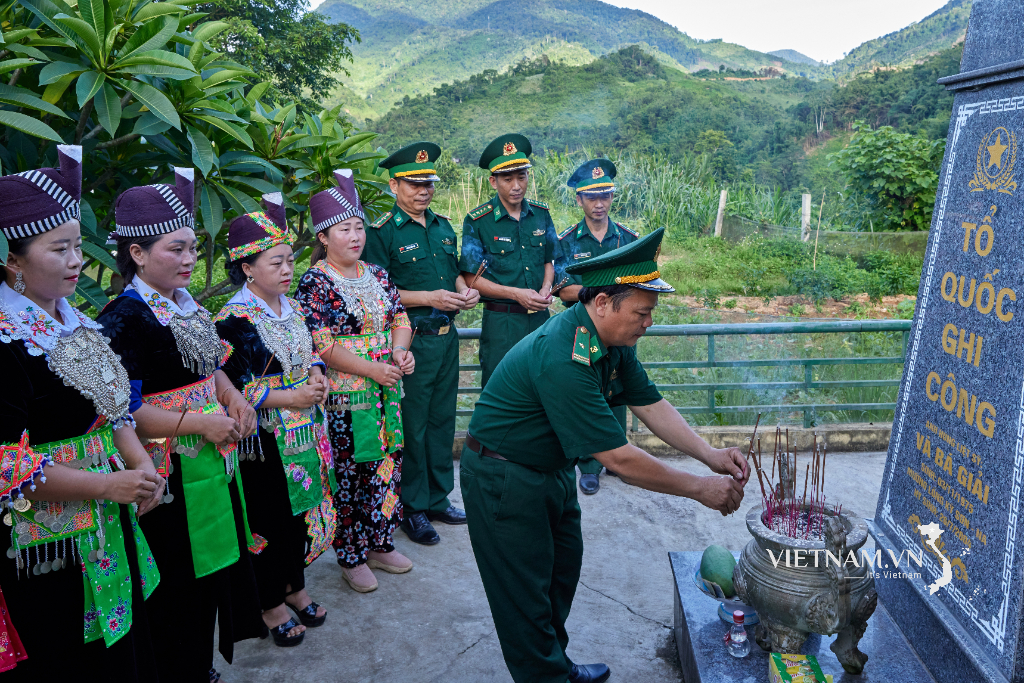
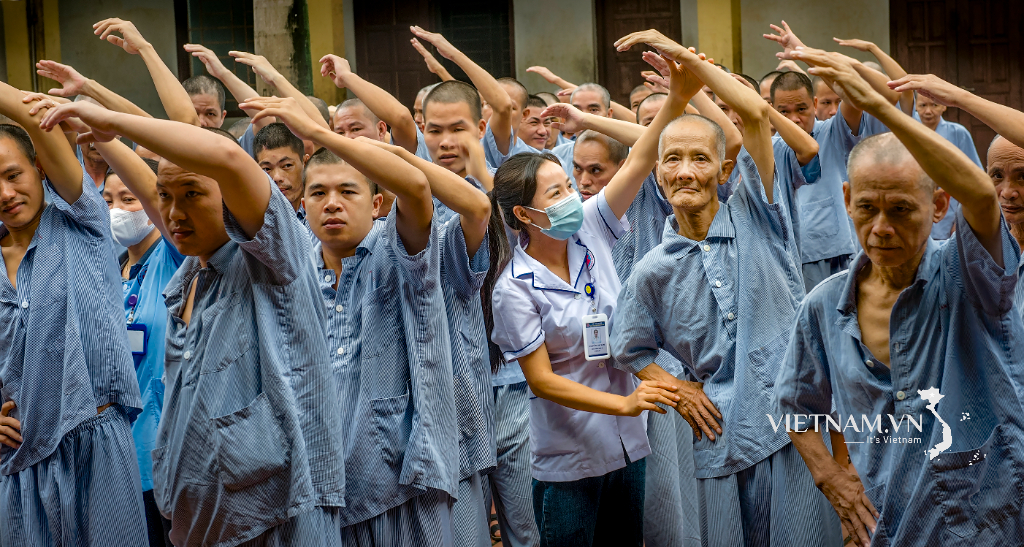

Comment (0)